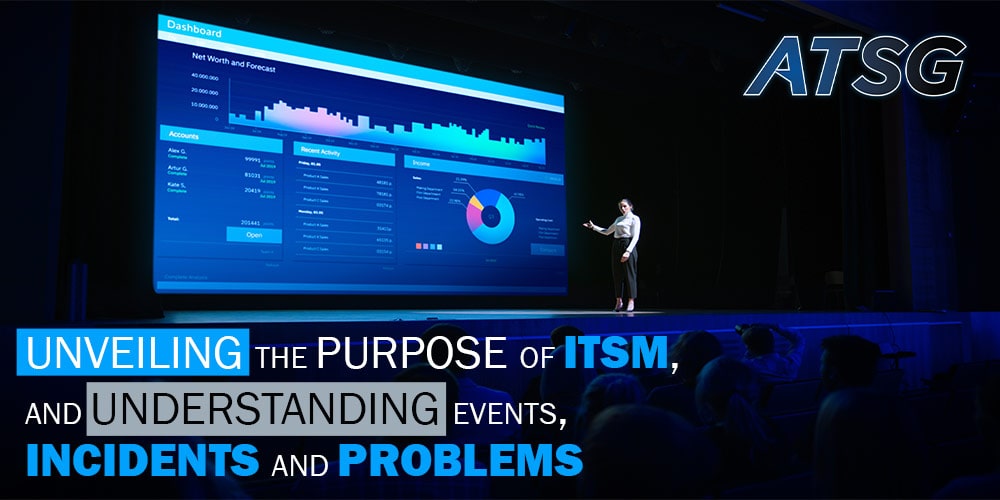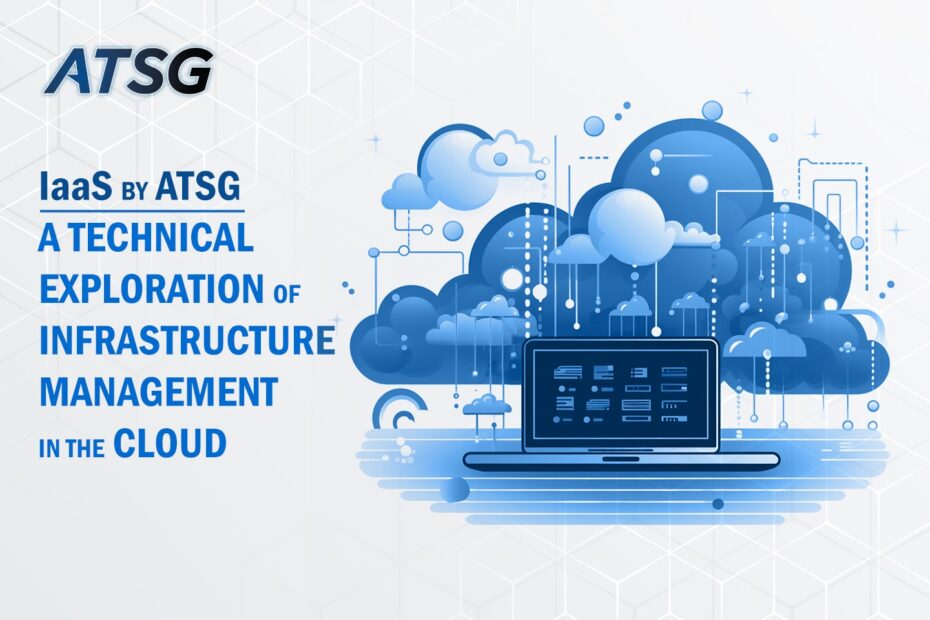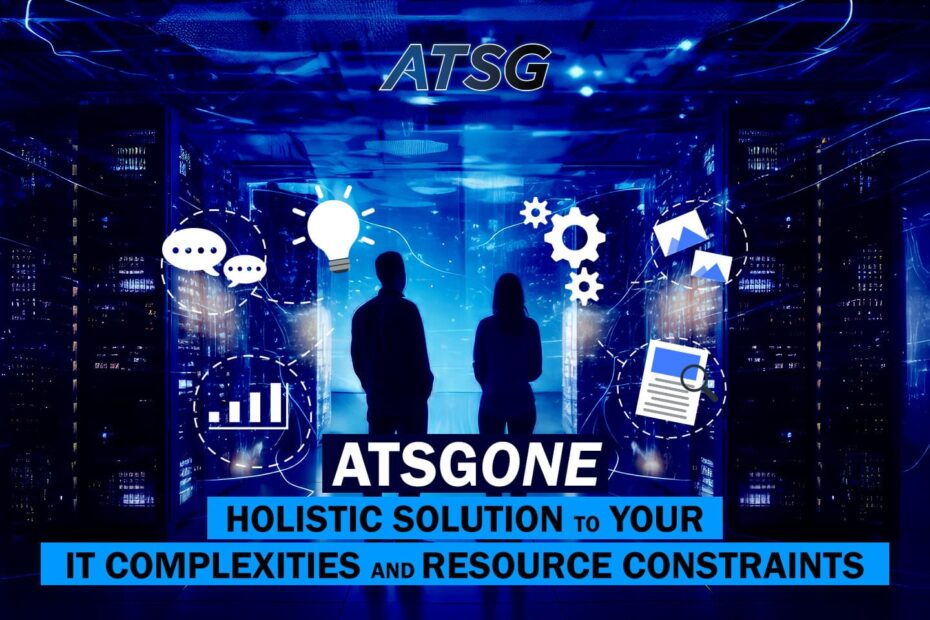Businesses are now dependent on IT to drive operations and processes towards progression. Irrespective of the system or domain, every aspect of the business needs critical attention from IT services and operations to deliver peak performance. The impact of having effective IT Service Management (ITSM) is huge on the enterprise. The scope of ITSM is much more than simply fixing and maintaining IT services; it rather views service management as a system that needs to be embedded in the way an organization operates.
ITSM systems contain three main features that refine the processes and management of those processes; event, incident, and problem management. All of these management processes look at situations from different angles to achieve one simple goal, which is to improve and refine service availability. Understanding the purpose of all three, and how they are inter-linked can help organizations invest in effective and efficient ITSM systems.

What is an IT Service Management System (ITSM)?
ITSM focuses on customer needs and IT services for customers. ITSM stresses continual improvement and progress. The main idea of ITSM is the delivery of IT as a service, with inclusivity. It describes the process and tools IT teams use to manage end-to-end IT services and covers all information technologies within an organization. ITSM aligns an IT team’s goals with the broader objectives of businesses, and their actions support the overall mission.
Why is ITSM Important for Enterprises?
Information technologies now encompass and incorporate tasks and responsibilities from across the entire organization. Managing these services is an ongoing challenge, and customers expect businesses to be up to the task. Businesses depend on ITSM to effectively coordinate these nearly countless tasks and processes while ensuring that they are providing real value to the customer. ITSM is a collection of policies and processes for the management and support of IT services, it helps improve an enterprise’s efficiency and increase employee productivity.
Understanding an Event
An event can be defined as a detectable or discernible occurrence that has significance for the management of IT services or infrastructure. Events are typically notifications created by an IT service, configuration item, or monitoring tool. The sudden change of state in a certain action or process can be identified as an “event”.
What are the Types of Events?
When it comes to using IT services, the chances of interferences and changes occurring are very common. Often, individuals face the problems of network or router failures, both are considered to be a change of state from operative to disconnected or disabled.
The idea of an event can occur at any given point and can be due to many reasons. Identifying the type of event that occurred can lead to its origin, and eventually the analysis of why it happened and how it can be dealt with.
The Purpose of Event Management in ITSM
With events, it is important to identify the most impactful events that occur, as in-significant events will appear regularly. This is where ITSM event management tools come in handy.
It promotes intelligent solutions and detection methods that reduce the volume of events by addressing the root cause. Every organization has an event management tool that provides an entry point for the execution of service operation processes and activities. The core purpose of event management tools is to detect, make sense of, and determine the appropriate action for every event that occurs.
What are Incidents in ITSM?
According to ITSM, incidents are defined as unplanned interruptions to an IT service, or degradation in the quality of an IT service, or failure of a configuration item. When the normal operating state of service through pre-defined parameters, description, and operations is not achieved, an incident occurs.
Understanding Incidents v/s Events
The concept of incidents concerning events encompasses how data is used from point A, being the event that occurred, to point B, which is its transition to becoming an incident. Not every event is an incident, but every incident is an event. The core difference between an event and an incident is that in terms of an event, the IT teams are not alerted often. However, if the event causes interruptions and failures at any level it is considered an incident and formally reported for analysis and remediation.
Integrating Incident Management
When an event occurs, multiple forms of raw data are extracted from the event management system to be studied, analyzed, and converted to refined data, which are called incidents.
Considering the lifecycle of an IT service, an incident management system is an imperative part of it. The importance of an incident management system is that it defines the support mechanism, which will then be made available for the user’s needs.
Defining the Problem
When it comes to a problem, the definition is that a problem is a recurring incident or situation that causes disturbance and service failures. The concept of a problem is the chances and repetitive nature of certain IT operations and processes that can hinder workflow and performance.
With incidents, it is the occurrence of an error that needs a quick resolution, but when a situation transforms into a problem, the resolution needs to be elevated to one that mitigates the problem.
Problem Management Process
Much like a business continuity (BC) plan, problem management is all about recovery and resolution, to reduce the chances of errors and compromises in services. This problem management process is essential to ensure that once an incident occurs, the probability of it happening again in the future is eliminated.
With problem management processes, there are designated roles and responsibilities that set important parameters when it comes to resolution, resources, and tools.
Implementing an Effective ITSM System
Integrating an ITSM system is vital for any organization. However, much like every other operating system, there are certain essential elements that need to be a part of the integration.
The following list covers the mandatory ingredients for implementing an efficient ITSM system:-
- Audit the current ITSM operations and identify the gaps.
- Audit the current ITSM operations and identify the gaps.
- Educate, communicate, and involve stakeholders while implementing ITSM processes.
- Outline the critical success factors and keep tabs on Key Performance Indicators (KPIs) and metrics.
- Use relevant tools to automate processes.
- Develop a feedback loop from end-users and other stakeholders for constant evaluation and improvement.
Outsourcing ITSM Systems and Operations
As a globally leading Managed Services and Intelligent Technology Solutions provider, ATSG caters to helping organizations achieve and design comprehensive IT service plans that encompass robust solutions, scalability, resilience, and recovery.
ATSG’s Design and Implementation Services
Experienced and certified technology experts can assist the organization through any complex engineering requirements, and optimize the current and future strategy. It enables organizations to select the correct technology roadmap and architecture to achieve customized business objectives.
ATSG’s Managed Detection and Response (MDR) Services
This solution provides the ideal environment that improves an organization’s overall cybersecurity posture. Our MDR solutions deliver an integrated response to security incidents. This results in secure and protected infrastructures for organizations.
ATSG’s Remote Infrastructure Management (RIM)
This service enables the organization to retain control and ensure the performance of IT assets without any operational constraints. Our intelligent tools remotely monitor the performance of your IT assets, and ensure high availability and uptime.
ATSG’s Managed Services and intelligent technology solutions can help organizations leverage robust IT service management and disaster recovery (DR) programs. ATSG’s IT service management (ITSM) solutions accelerate your digital transformation and elevate the user experience (UX).




